It is expected that after the Government submits the arrangement plan to the competent authority, the number of provincial administrative units will be significantly reduced compared to the present. When the number of provincial administrative units is "half", the apparatus will be streamlined and effective to make a breakthrough.
Reduce about 50% of provincial administrative units after rearrangement
The issue of streamlining the apparatus is entering the "final" stage and is receiving great expectations from party members and people of all walks of life. The National Assembly's report on people's aspirations clearly states: Voters and people trust and expect the strong directions of the Party Central Committee, directly by General Secretary To Lam, the National Assembly, and the Government on implementing the policy of innovation, streamlining the apparatus of the political system to operate effectively, efficiently, and effectively.
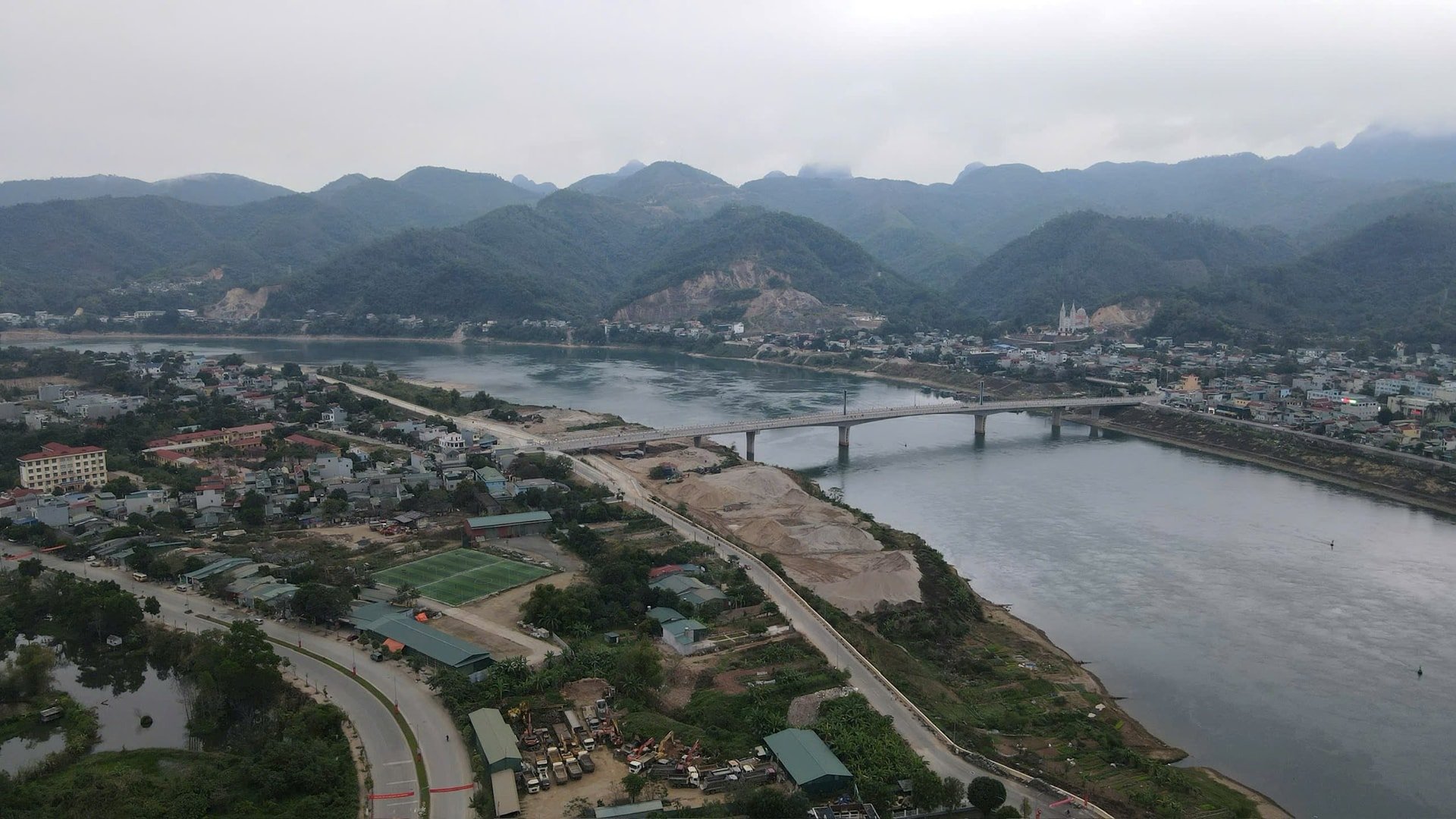
Chairing the meeting of the Standing Committee of the Government Party Committee, continuing to give opinions on the Project on rearranging and reorganizing administrative units at all levels and building a 2-level local government, completing one more step of the Project to submit to the competent authority, Party Secretary and Prime Minister Pham Minh Chinh concluded: The meeting agreed to submit to the competent authority a plan after the rearrangement that will reduce about 50% of the number of provincial-level administrative units and about 60-70% of grassroots-level administrative units compared to the present.
According to Minister of Home Affairs Pham Thi Thanh Tra, the arrangement of administrative units is not simply a matter of streamlining the focal points but must aim at the larger goal of expanding the development space, creating a foundation and momentum for the country. This also ensures the long-term stability of the system and organization. The arrangement of administrative units is not a short-term change that requires adjustment after a few decades, but rather expanding the space for stable development over a hundred years, with a long-term strategic nature, bringing the country into a new era.
Expressing his agreement with the plan to reduce about 50% of the number of provincial administrative units after the reorganization, Mr. Le Viet Truong - former Deputy Chairman of the National Assembly's Committee on National Defense and Security (now the National Assembly's Committee on National Defense, Security and Foreign Affairs) said that the policy of streamlining agencies in the political system to ensure effective and efficient operations requires synchronous implementation and the reduction of provincial administrative units is reasonable and appropriate after 40 years of implementing the renovation policy. Because after 40 years, all the driving forces have been brought into play, so now it is necessary to create new driving forces.
Mr. Truong gave an example: In the past, there was not enough rice to eat, but thanks to "contract 10" and "contract 100" that gave autonomy to the people, Vietnam has risen to become the second largest rice exporter in the world. However, if it is still fragmented and small-scale, it is difficult to apply high technology in production, so now we have to form a model of "large-scale fields" and accumulate land.
“Giving that example shows that this time, if we want to create a big push and breakthrough to promote national strength in all fields, then streamlining the organization and apparatus must become a real revolution. People drive cars, but we still ride motorbikes and walk, so how can we narrow the gap with other countries, how can we rise up? Therefore, we cannot grow "slowly" but must grow in double digits from now until 2045 so that our country can become a modern, high-income country" - Mr. Truong said, at the same time, he said that for large projects invested by foreign enterprises, who are "eagles", they need to deploy construction on a large scale, 2-3 provinces, but if this province agrees, the other province does not agree, we must persuade them. If we keep "discussing back and forth", they will go to other countries to invest and we will lose the opportunity.
“Therefore, streamlining to reduce the provincial level is reasonable to match the central apparatus after the restructuring when many departments, ministries, and branches have been reduced, and to avoid resource dispersion. Because “if a poor family allocates resources to many children, the allocation will be small and fragmented. If we want to grow, we must arrange to reduce the provincial level” - Mr. Truong emphasized.
Associate Professor, Dr. Dao Duy Quat - former Deputy Head of the Central Committee for Ideology and Culture (now the Central Committee for Propaganda and Mass Mobilization) said that the merger of provinces is to create new development space for the provinces; create new momentum and new determination for the country to develop rapidly, accelerate and make breakthroughs.
“The strategic opportunity has appeared. If we do not seize the opportunity, we will fall into the middle-income trap that is difficult to escape. Because many countries in the world have been trapped because of falling into this trap,” Mr. Quat said.
How to arrange?
But the important issue being raised is how to arrange the provinces so that the new provinces can promote their strengths and develop after the arrangement. Based on the analysis of principles and criteria, especially the planned arrangement, names and administrative-political centers of provincial-level administrative units, Prime Minister Pham Minh Chinh requested that the arrangement of administrative units, in addition to the criteria on natural area and population size, should consider criteria on history, tradition, culture, ethnicity, geographical conditions, level of socio-economic development and infrastructure.
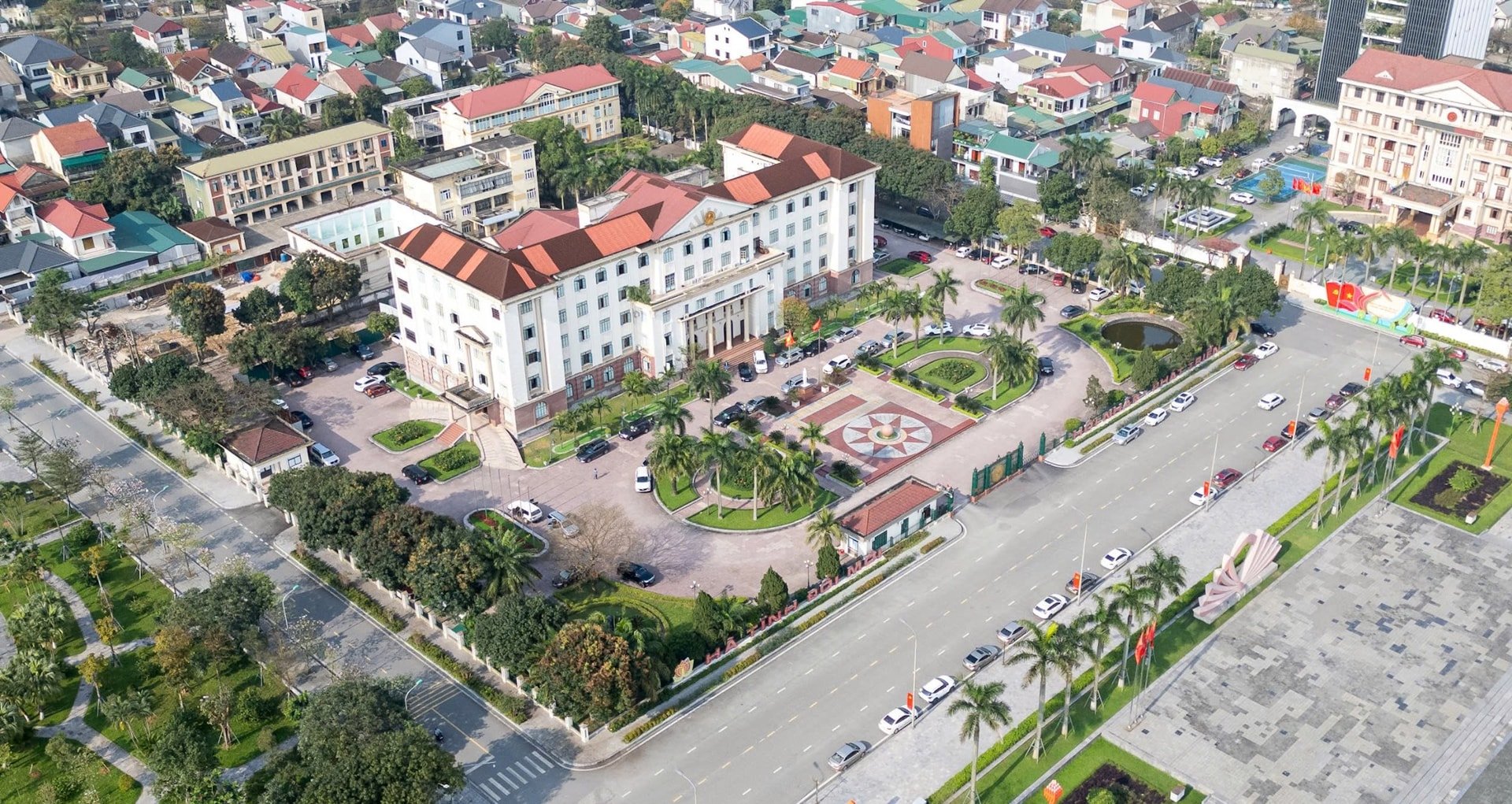
Regarding the arrangement plan, Associate Professor, Dr. Dao Duy Quat suggested: For example, this province has the sea, that province has the plains, that province has the midlands and mountains, but when the provinces are merged, there will be plains, midlands, mountains and the sea. Thereby, creating a new development space.
According to Mr. Quat, development space must be understood on a large scale, not only with land but also with water and airspace. We must take into account the advantages of land, water, midlands and mountains to be able to promote and develop the socio-economy. We must change our way of thinking, if we are "conservative", it will be difficult to develop because each region is different.
According to Mr. Quat, when arranging provincial administrative units, it is not important whether the number of remaining provinces is large or small, but what is important is that after the arrangement, new space must be created - a development space that is still placed within the regional linkages that have been divided by the central government into 6 socio-economic development regions.
National Assembly Deputy Truong Xuan Cu (Hanoi delegation) said that the merger of provinces is to expand the space, development direction, have forests, seas, plains and better connect the regions. "Suppose if Kon Tum merges with Quang Ngai; Gia Lai with Binh Dinh; Ninh Thuan, Binh Thuan and Lam Dong, we will have land, forests and seas linked horizontally. Besides, rich provinces must "pair with poor provinces" to support each other. For example, if Kon Tum merges with Quang Ngai, Quang Ngai will be the locomotive pulling Kon Tum up" - Mr. Cu expressed his opinion and at the same time suggested that it is possible to merge provinces "rich with rich" or "forests combined with seas" so that production can go to sea for faster export, enhancing logistics. That means it must be linked with the economic development space to make a breakthrough. “Ha Tinh can merge with Quang Binh; Da Nang with Quang Nam, all of which have seas, will further promote their strengths in exploiting the marine economy. How can we arrange all provinces so that after the reorganization, they will have advantages for development? If two poor provinces merge, they will only increase in area and population, but in terms of economy, it will be difficult to develop,” Mr. Cu proposed.
Dr. Architect Ngo Trung Hai, former Director of the National Institute of Urban and Rural Planning (Ministry of Construction) raised the issue: Each province has its own potential, all of that potential when added together, what should be prioritized, and what is duplicated should be discarded. When combined, there will be many functions and potentials of the provinces to choose from.
Citing China's large population but few provinces, only 33 provinces but below the province there are many cities; or Hoan Kiem district, Hanoi alone contributes to the budget equal to "several provinces combined", Mr. Hai expressed that the model in which people are satisfied, develop strongly, society becomes richer and more beautiful is a good model, and is the "measure" of streamlining.
Associate Professor, Dr. Dao Duy Quat: Caring for staff after the rearrangement

After the arrangement of provincial administrative units, attention must be paid to the work of selecting cadres. Because the decisive factor is people. The quality of cadres must be assessed, because after the arrangement, the number of cadres to choose from is quite large. It is necessary to base on the reality and work efficiency of cadres to organize and gather forces, organize and manage to create a unified combined strength for action, and more deeply, that is vision. Therefore, it is necessary to evaluate the essence of people, not just their qualifications. Reducing the number of provinces is not important, but it is necessary to create new development space and select cadres after the merger. If the merger selects bad cadres, it will not be promoted.
Source: https://daidoanket.vn/sap-xep-don-vi-hanh-chinh-cap-tinh-tinh-gon-bo-may-de-vuon-minh-but-pha-10301536.html





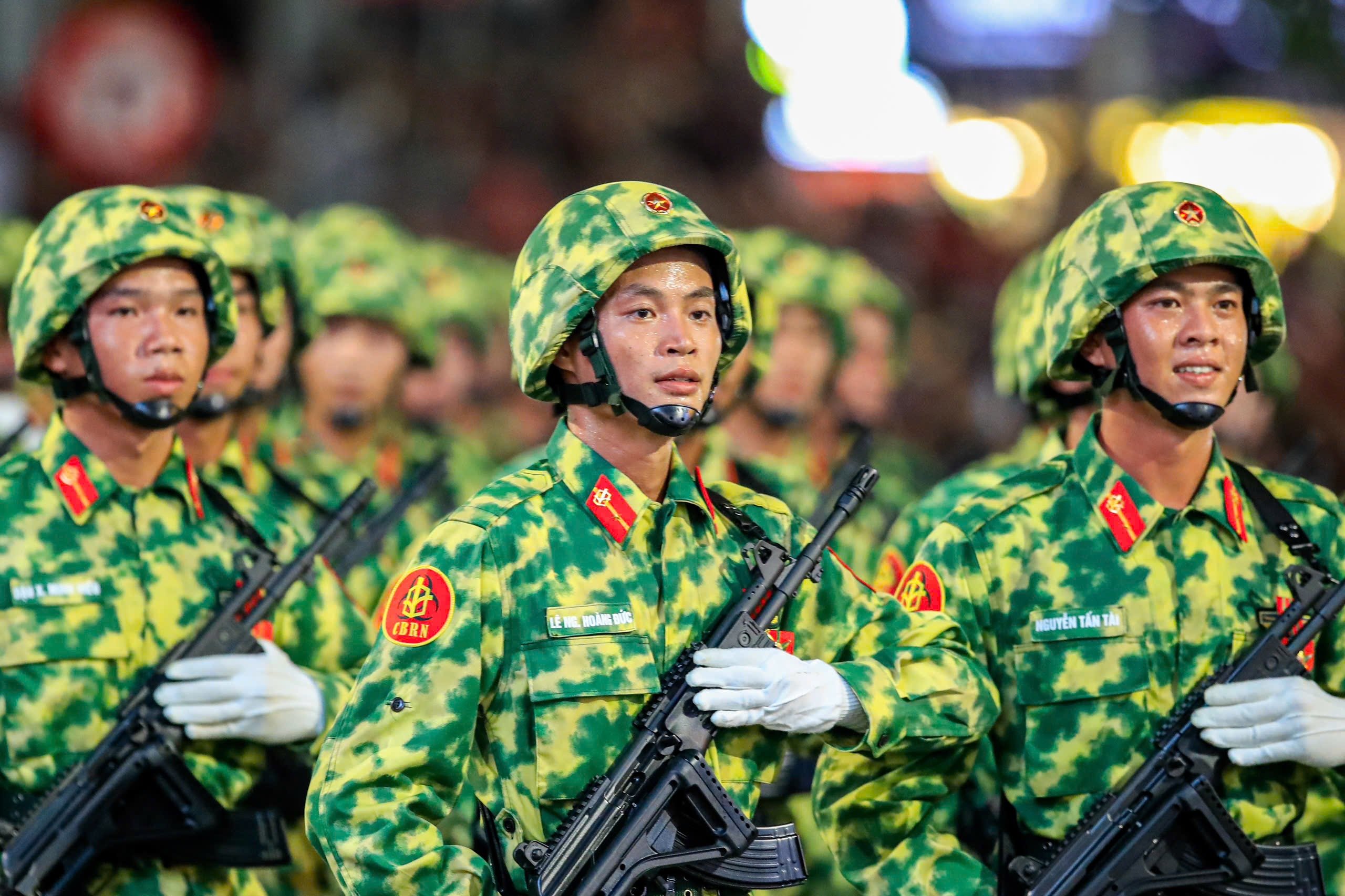









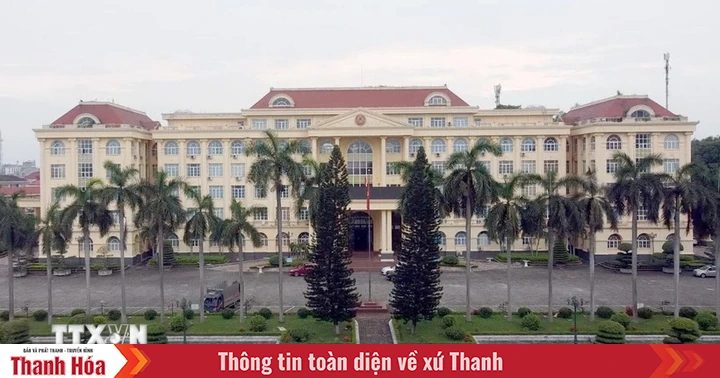






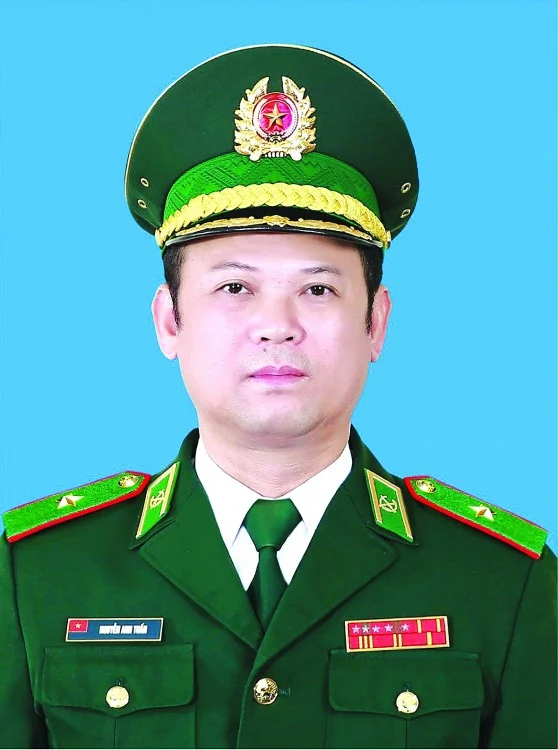










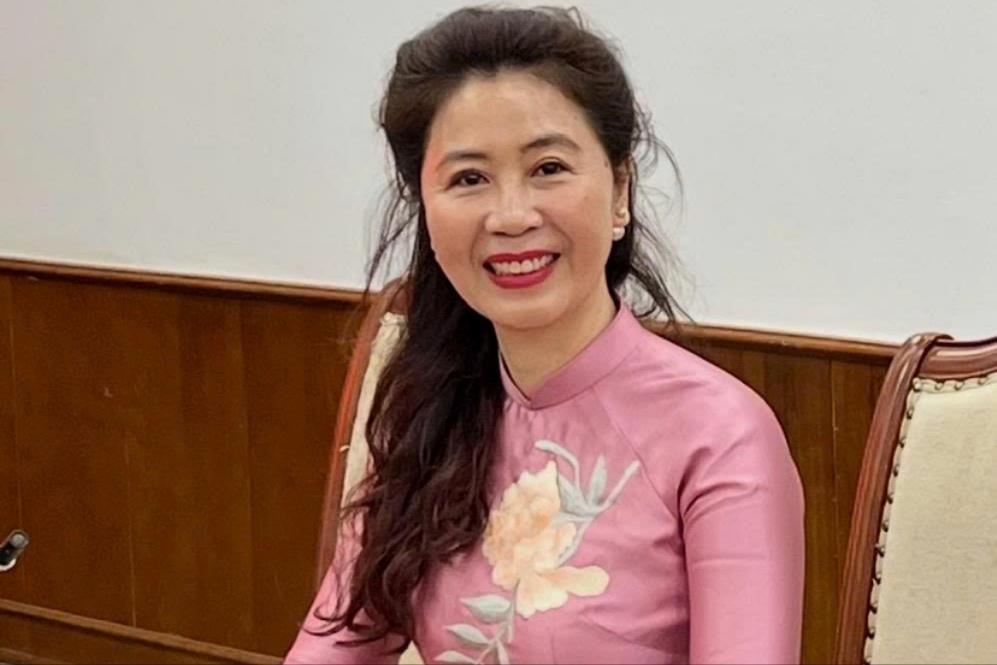



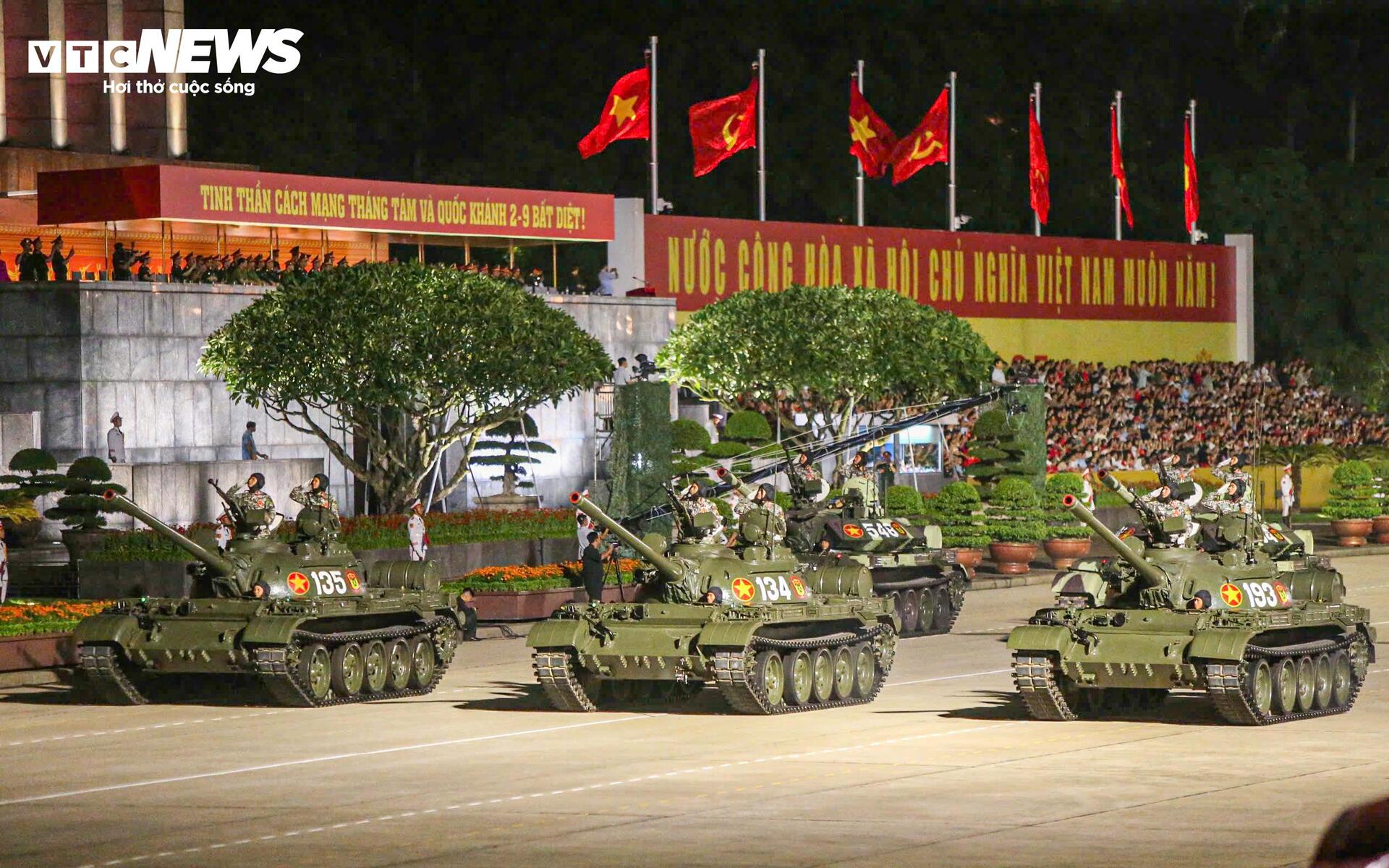



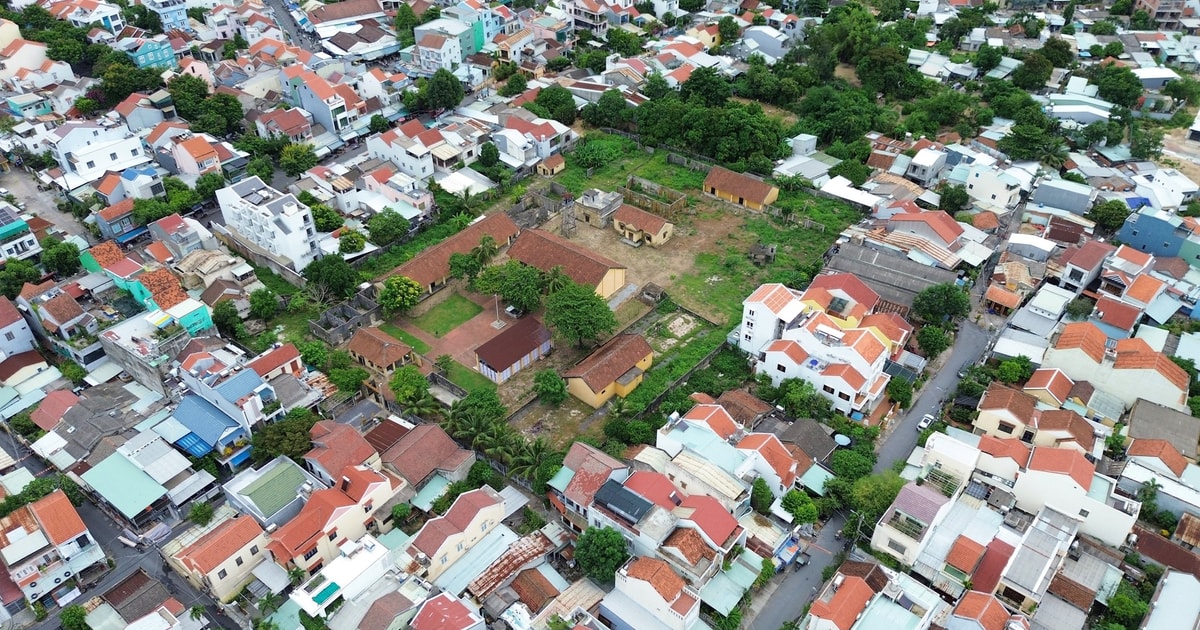



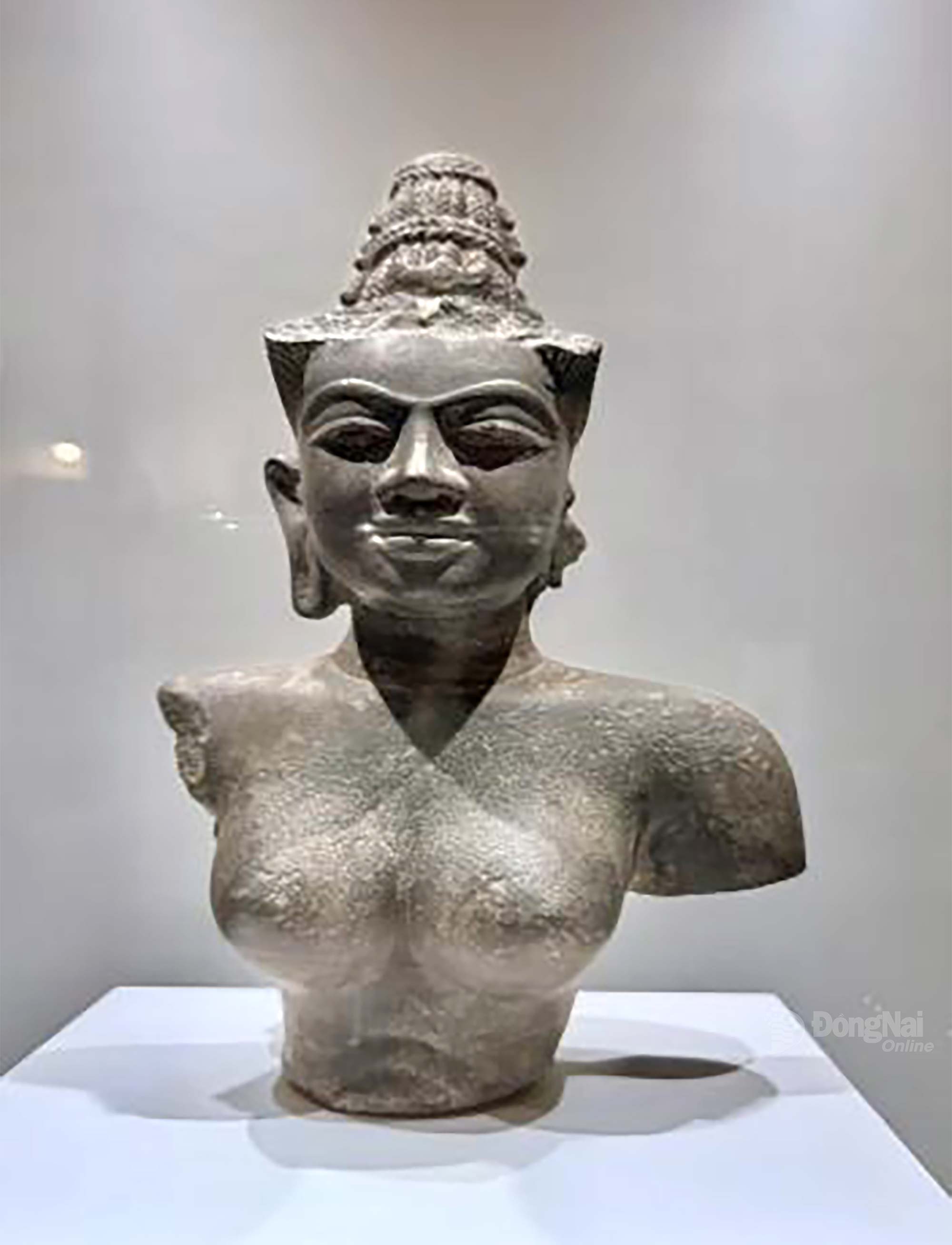











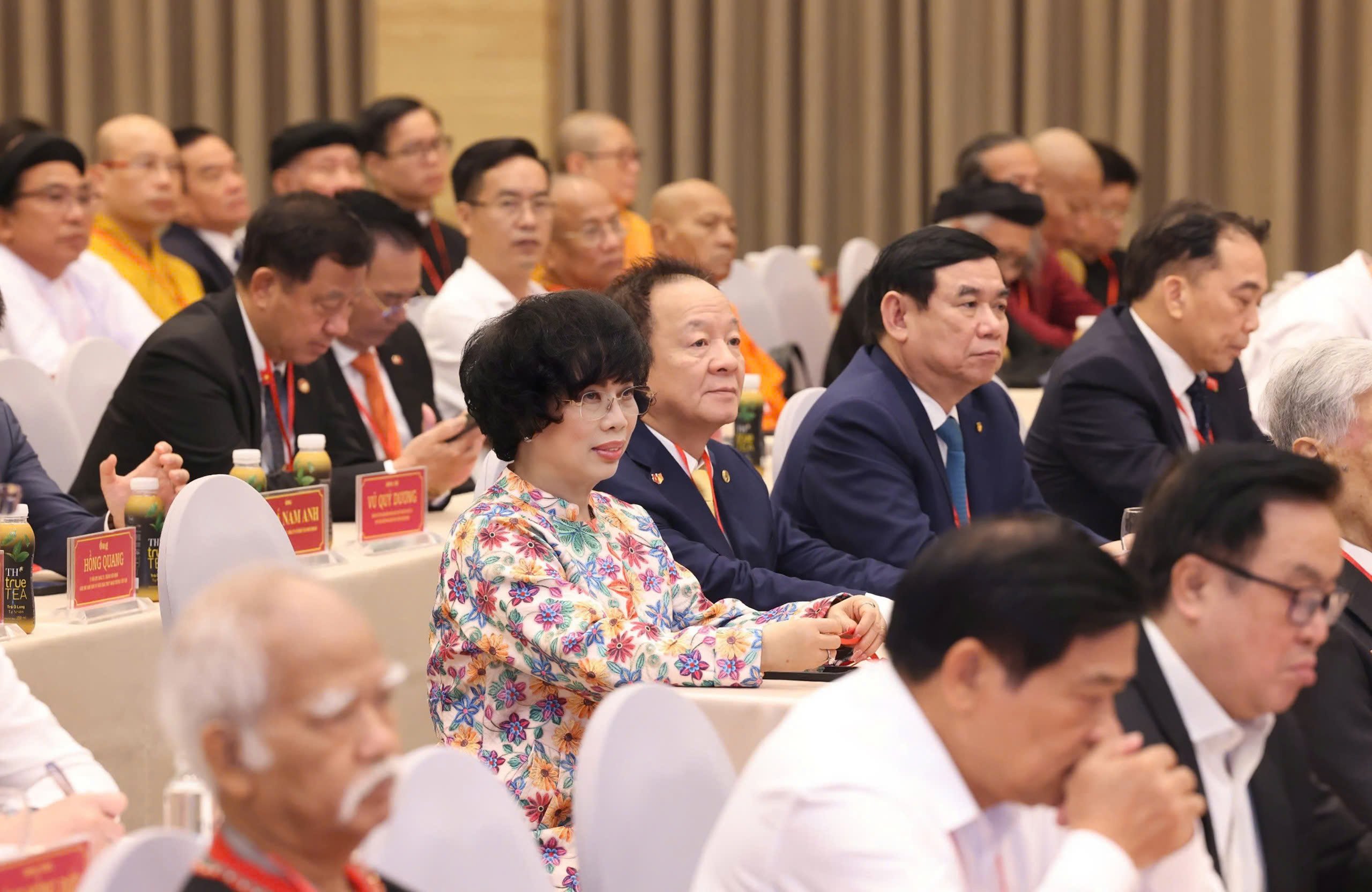




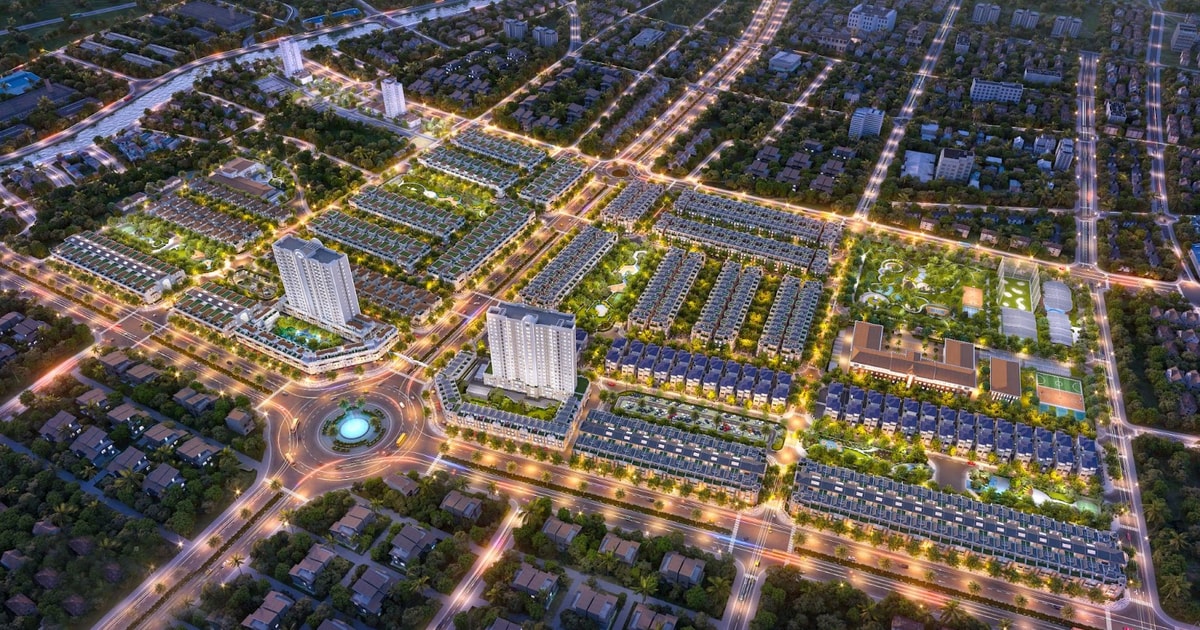

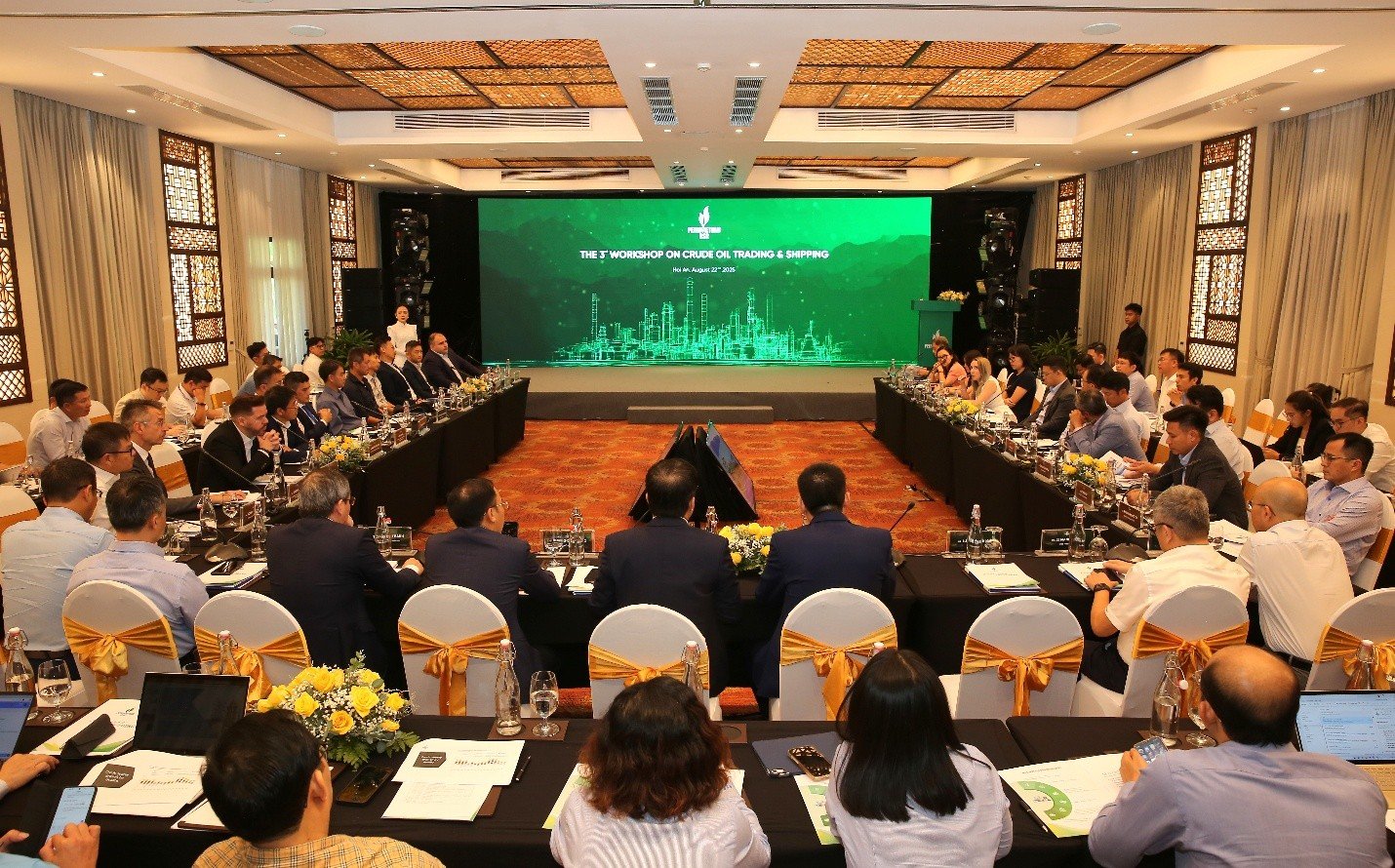
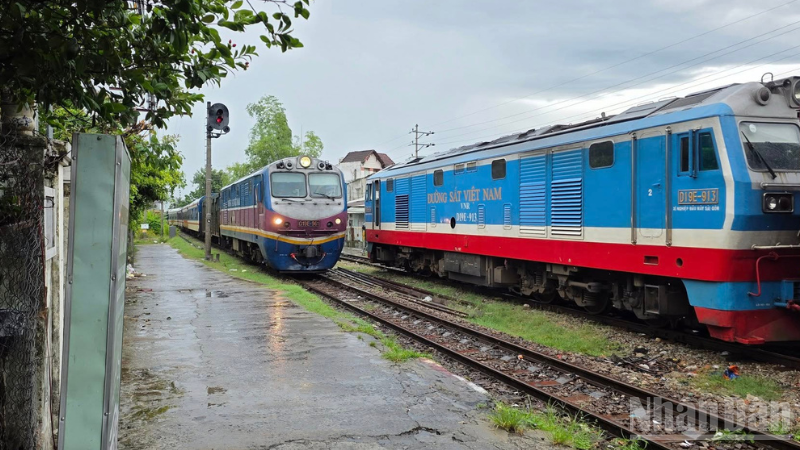











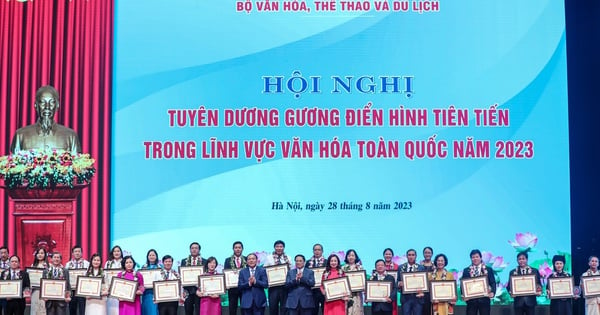





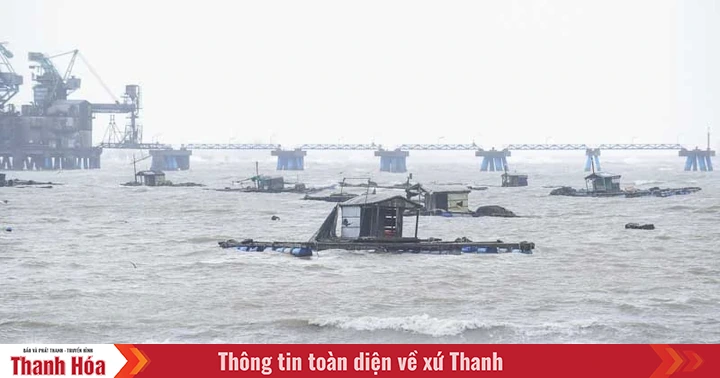























Comment (0)